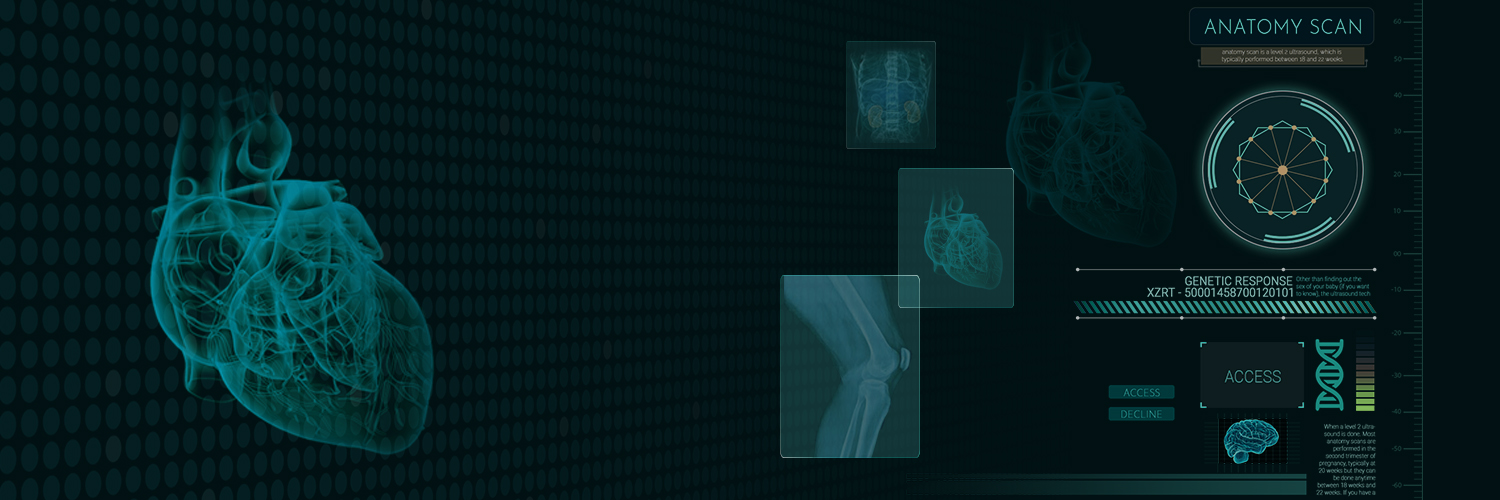
Coal and petroleum are called fossil fuels. They are formed from the remains of living organisms.

Types of Coal
The various types of coal depending on the carbon content and ignition rate are:
Uses of Coal:-
Petroleum occurs as a yellow to brown liquid in geological formations below the Earth’s surface. It consists of 93-97% Carbon, hydrogen, oxygen, nitrogen, and sulphur. Petroleum is formed from the remains of zooplanktons and algae at the lake or sea bottoms. Such remains upon mixing with sediments got buried in the absence of oxygen as they settled further into the sea or lake bed, they got subjected to high temperature and pressure. The organic matter changed to a waxy material known as kerogen and then with more heat, into liquid and gaseous hydrocarbons. When the hydrocarbons are subjected to high temperature and pressure, petroleum is formed.
The crude oil petroleum is a complex mixture of several solid, liquid and gaseous hydrocarbons mixed with water, salt and earth particles. The fractional distillation of petroleum gives us the following fractions which can be used as fuels: Petroleum gas, Petrol (or Gasoline), Diesel, Kerosene and Fuel oil and also asphalt and other chemical reagents.
Steps to reduce the consumption of coal and petroleum